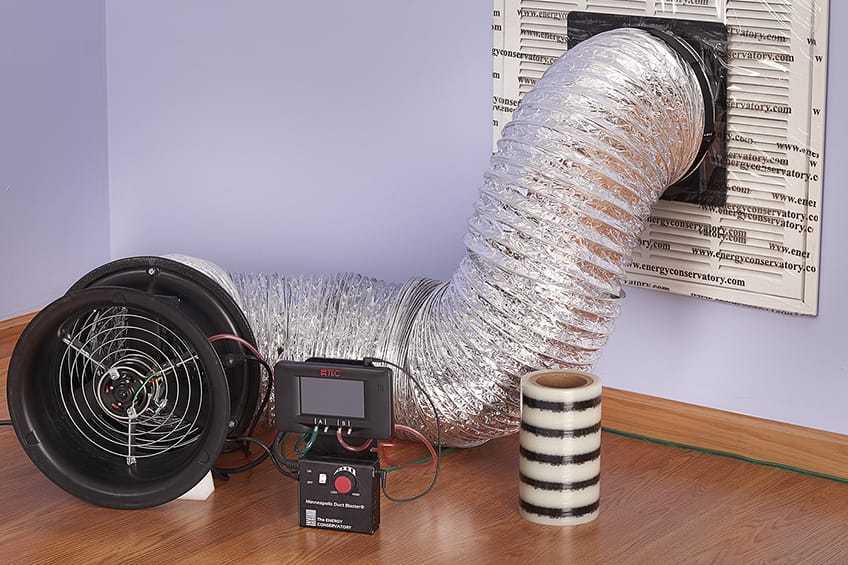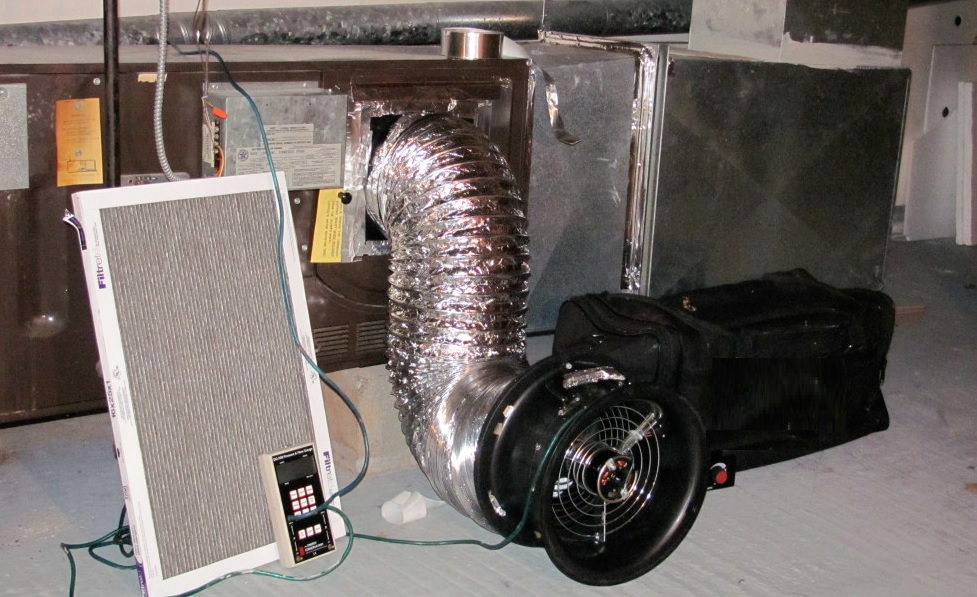In the ever-evolving landscape of energy efficiency and sustainable construction practices, the state of Texas stands out by continually pushing the boundaries to create environmentally responsible buildings. One crucial aspect of this commitment is the emphasis on duct leakage testing, a process integral to achieving compliance with the state’s stringent energy codes.
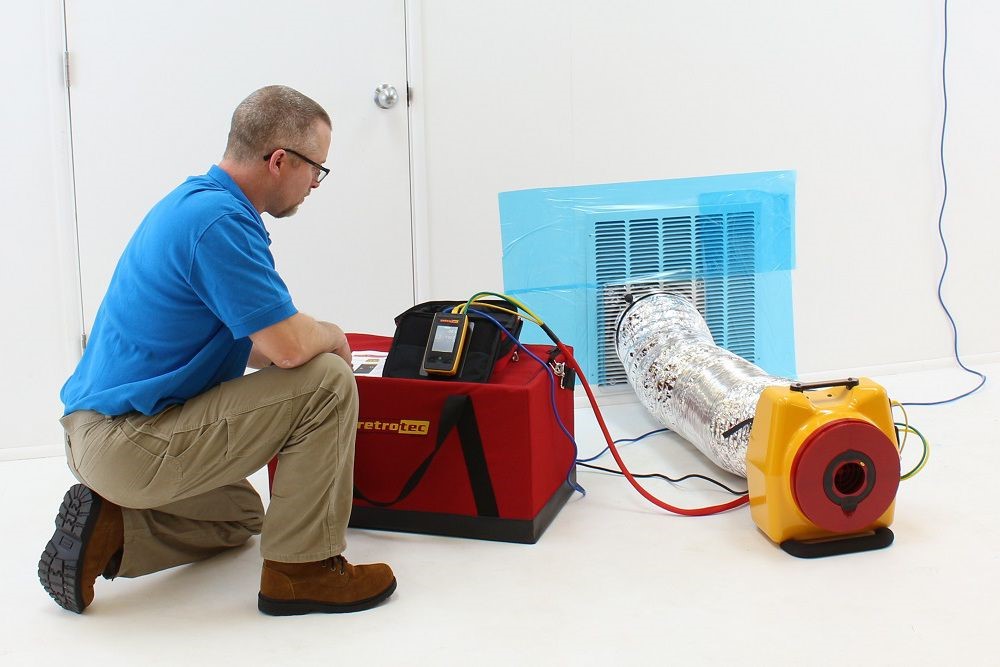
Texas, like many other states, has recognized the significant impact of duct leakage on overall energy efficiency in residential and commercial buildings. Ductwork serves as the circulatory system of a structure, delivering conditioned air to various rooms. However, if there are leaks in the ducts, it can result in wasted energy, reduced indoor air quality, and increased utility bills. To address these concerns, the Texas Energy Code mandates duct leakage testing to ensure that new constructions meet the highest standards of energy efficiency.
The process of duct leakage testing involves a comprehensive examination of the ductwork system to identify and quantify any air leaks. The objective is to measure the efficiency of the ducts in containing and delivering conditioned air to the intended spaces. This test is typically performed by certified professionals who employ specialized equipment and techniques to assess the integrity of the ductwork.
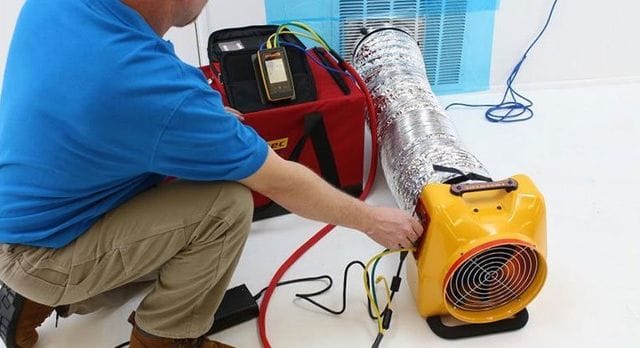
The procedure begins with sealing off the HVAC system, including registers, grilles, and diffusers, to isolate the ductwork from the conditioned space. Once the system is isolated, a calibrated fan is attached to the ducts, creating either positive or negative pressure. This pressure differential helps simulate the conditions that the ducts would face during normal operation. Smoke or airflow measurement devices are then used to detect and quantify any leaks in the ductwork.
The importance of duct leakage testing in Texas cannot be overstated, and there are several reasons why it is a crucial step in the construction process:
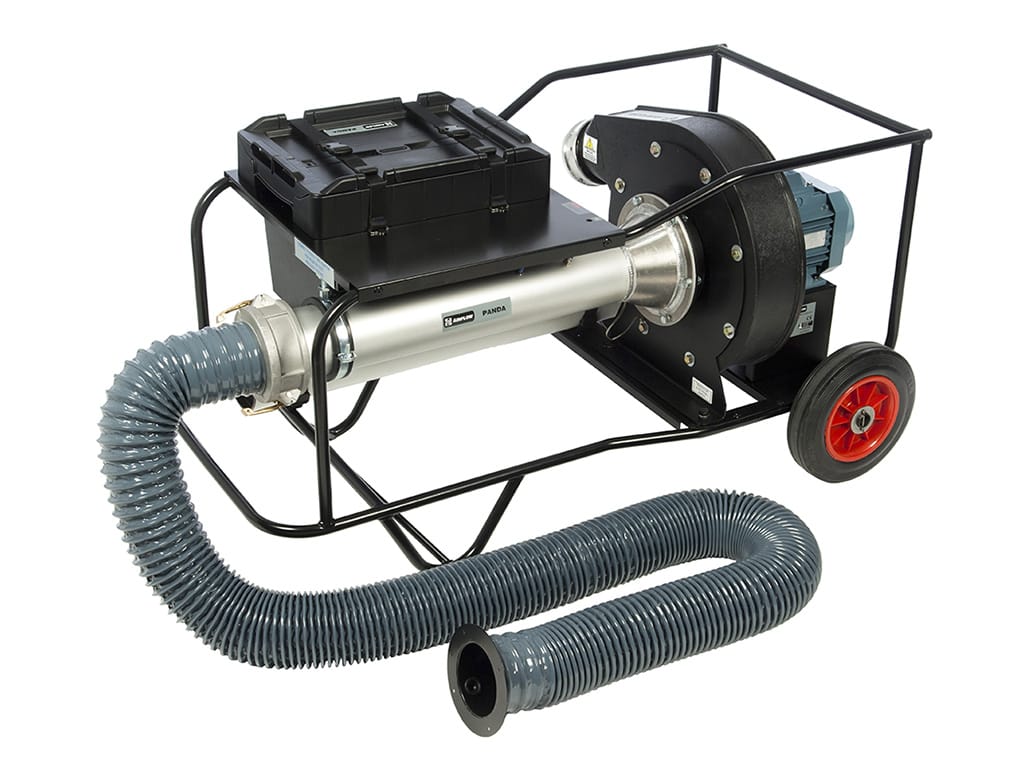
Energy Efficiency:
Indoor Air Quality:
Code Compliance:
Occupant Comfort:
